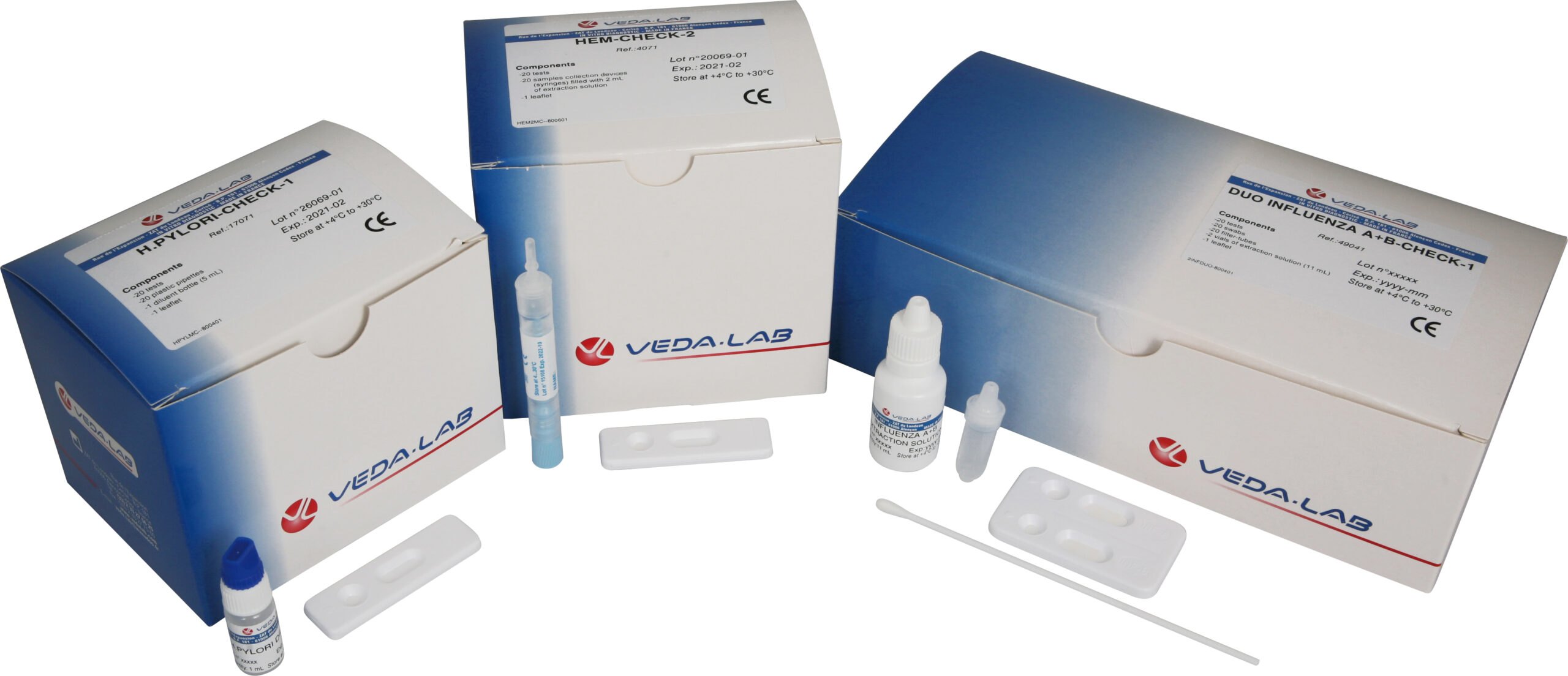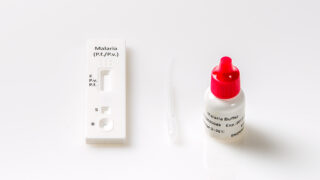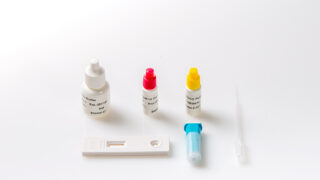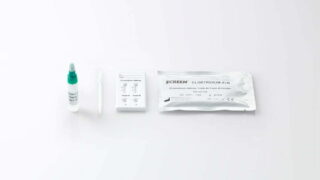Categories
Clostridium Difficile Toxin A/B/GDH Rapid Test
The Clostridium difficile A, B, and GDH (Glutamate Dehydrogenase) test is a diagnostic tool used to identify the presence of C. difficile bacteria and its toxins, A and B, in a patient’s stool sample. This test is crucial for diagnosing C. difficile infections, especially in healthcare settings, where it can lead to severe diarrhea and complications. Rapid detection helps in timely treatment and infection control, preventing its spread to others.
Product information
The Clostridium Difficile Toxin A/B/GDH is a lateral flow, immunochromatographic rapid test for the qualitative detection of Clostridium difficile Toxin A, Toxin B and GDH in human
feces.
Advantages of Clostridium difficile Toxin A/B/GDH test
- Easy to perform
- No complex sample collection needed
- Accurate test result
General information
Clostridium difficile is a major cause of antibiotic-associated diarrhea and pseudomembranous colitis. It is now one of the most commonly detected pathogens and an important cause
of nosocomial infections in hospitals and nursing homes. The organism has been isolated from diverse natural habitats, including soils, hay, sand, dung from various large mammals (cows, donkeys and horses), and from dog, cat, rodent and human feces.
C. difficile produces at least three potential virulence factors from which Toxin A and Toxin B are thought to be the most important in the pathogenesis of C. difficile associated diseases. Toxin A is an enterotoxin which seems to interfere with the cytoskeleton of the intestinal epithelial cells, rendering them non functional while Toxin B is a cytotoxin that induces strong cytopathic effects in tissue cultures cell lines.
Known as the common C. difficile antigen, Glutamate Dehydrogenase (GDH) is a metabolic enzyme produced in larges quantities by all toxigenic and non toxigenic strains, making it an excellent marker for organism. Since not all strains of Clostridium difficile produce toxins and approx. 2% of healthy adults as well as up to 50% of children younger than 2 years can be colonized with Clostridium difficile, the detection of the toxins (Toxin A, Toxin B and GDH) in stool samples of patients with diarrhea is more significant than culturing the bacteria.
The Clostridium Difficile A/B/GDH is a lateral flow, immunochromatographic rapid test for the qualitative detection of Clostridium difficile Toxin A, Toxin B and GDH in human feces. The test device consists of a plastic housing containing three different sticks for the detection of C. difficile Toxin A, C. difficile Toxin B or C. difficile GDH.
A colored anti C. difficile Toxin A, C. difficile Toxin B and C. difficile GDH monoclonal antibody colloidal gold conjugate is placed at the left end of the membrane. After collection in a tube containing the extraction solution, the feces sample is dissolved and few drops of this extract are added into each well ( →) of the reaction device. As the test sample flows through the absorbent device, the labelled antibody-dye conjugate binds to the Toxin A, Toxin B or GDH antigen (when present in the sample), forming an antibody antigen complex.
This complex binds to the anti-Toxin A, Toxin B and GDH antibody in the positive reaction zone, producing a rose-pink colored band. In the absence of Toxin A, Toxin B or GDH, there is no line in the positive reaction zone. The reaction mixture continues flowing through the absorbent device, past the positive reaction zone and control zone. Unbound conjugate binds to the reagent in the control zone producing a rose-pink colored band demonstrating that the reagents are functioning correctly.
Test procedure
a) Positive controls (optional) for CD Tox A and CD Tox B
- Remove the test device from the pouch
- Add 100 μL of the positive control into the sample well on
reaction device.
b) Samples
- Bring all reagents to come to room temperature before testing.
- Remove the test device from the pouch.
- Break the tip of the sample collection device and add 3 drops (100μL) of extracted sample into each sample well on the reaction device.
- Read the results of the test 15 minutes after addition of the sample on the device.
Interpretation of the results
Negative result: Only one colored band appears in the control zone. No band is visible in the test window.
Positive result: In addition to the control band, a clearly distinguishable band also appears in the test window.
Invalid result: If there is no distinct colored band visible the control zone, the test is inconclusive for the corresponding parameter. In this case, it is recommended that the test be repeated.
| Product name | Clostridium Difficile Toxin A/B/GDH Rapid Test |
|---|---|
| Detection | Clostridium Difficile Toxin A and Toxin B and GHD |
| Type | |
| Sample Type | |
| Pack Size | |
| Format | |
| Analyte Detection |
Related products
-
Medical Tests
FOB Rapid Test
Price requestThe Fecal Occult Blood (FOB) test, as a stool test, is used to detect the presence of hidden or occult blood in the feces. This test is vital for identifying gastrointestinal bleeding and potential issues such as colorectal cancer, polyps, or other digestive disorders. The test enables the early detection of colorectal health problems, which can lead to timely medical intervention and improved outcomes.
-
Medical Tests
Malaria Rapid Test
Price requestA Malaria Test is a diagnostic test used to detect the presence of the malaria parasite in a person’s blood. These tests are crucial for diagnosing malaria, a potentially life-threatening mosquito-borne disease. They are offered by healthcare providers and laboratories, and they typically include rapid diagnostic tests (RDTs) and microscopic examination of blood smears. Rapid tests provide quick results, allowing for timely treatment and management of the disease. These tests are vital in regions where malaria is prevalent and for travelers to such areas.
-
Medical Tests
Mononucleosis Rapid Test
Price requestMononucleosis, known as the “mono spot” test or the infectious mononucleosis test, is a diagnostic test that helps identify the presence of the Epstein-Barr virus (EBV) in a person’s blood. EBV is the virus responsible for causing mononucleosis, a common viral infection often referred to as the “kissing disease.” The test is used to confirm a mononucleosis diagnosis. It plays a crucial role in identifying the underlying cause of symptoms like fatigue, fever, and sore throat, enabling appropriate medical care and management.
-
Medical Tests
Clostridium Difficile Toxin A/B Rapid Test SC
Price requestThe Clostridium difficile Toxin A+ Toxin B Combo Rapid Test Cassette (Feces) is a rapid chromatographic immunoassay for the qualitative detection of Clostridium difficile Toxin A and Toxin B antigens in the human feces specimen.

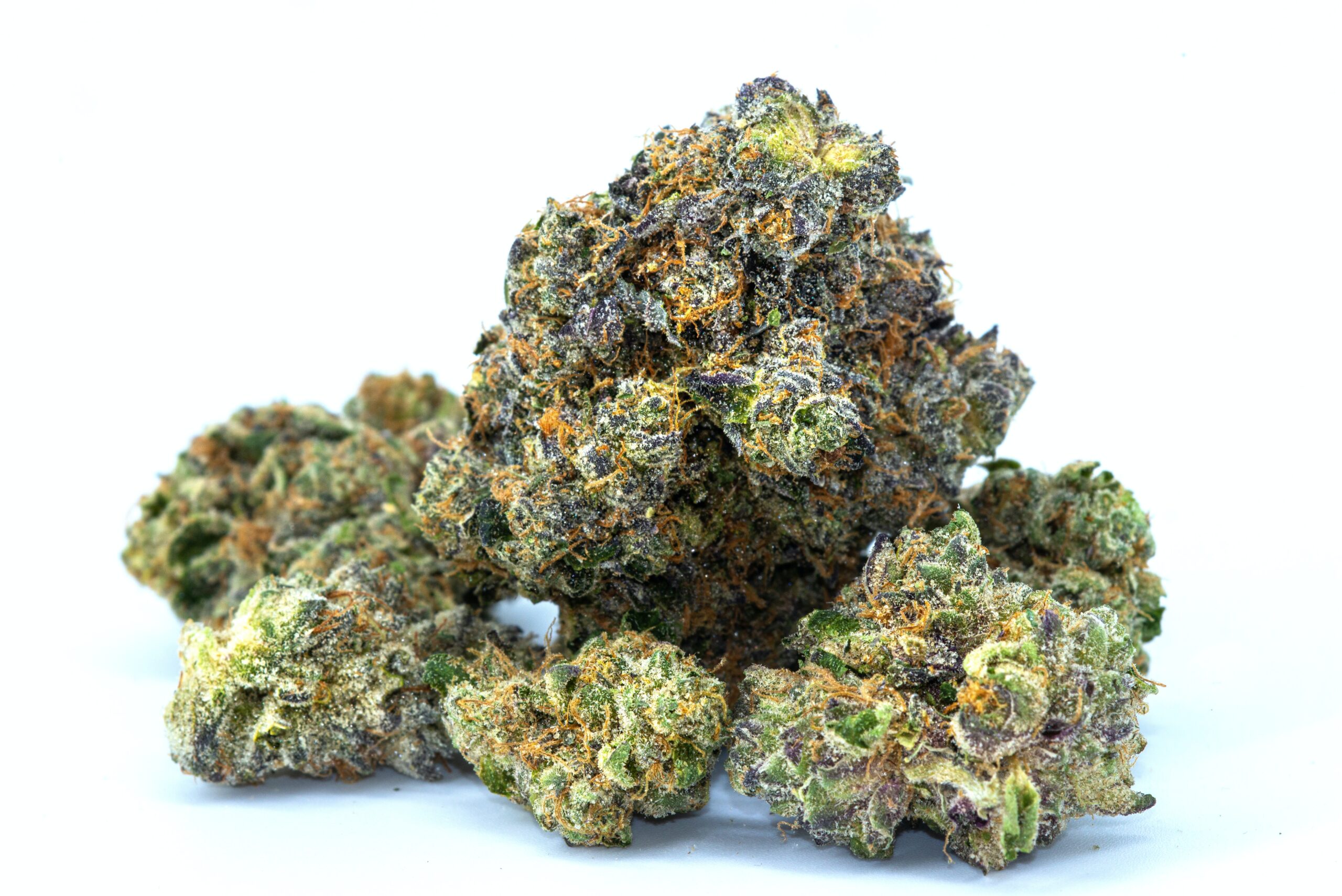 Drug Test
Drug Test Heart Markers
Heart Markers Hormone Tests
Hormone Tests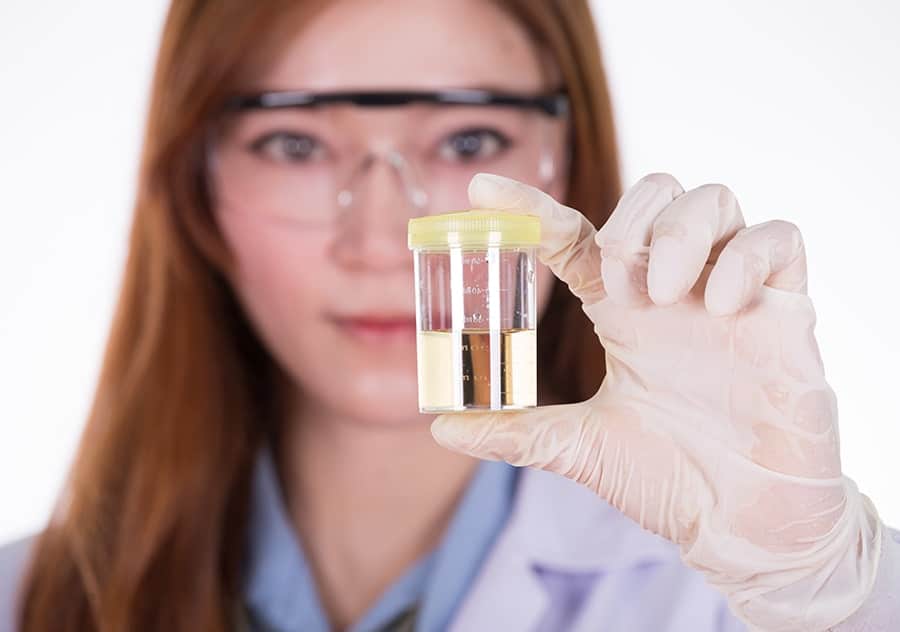 Medical Tests
Medical Tests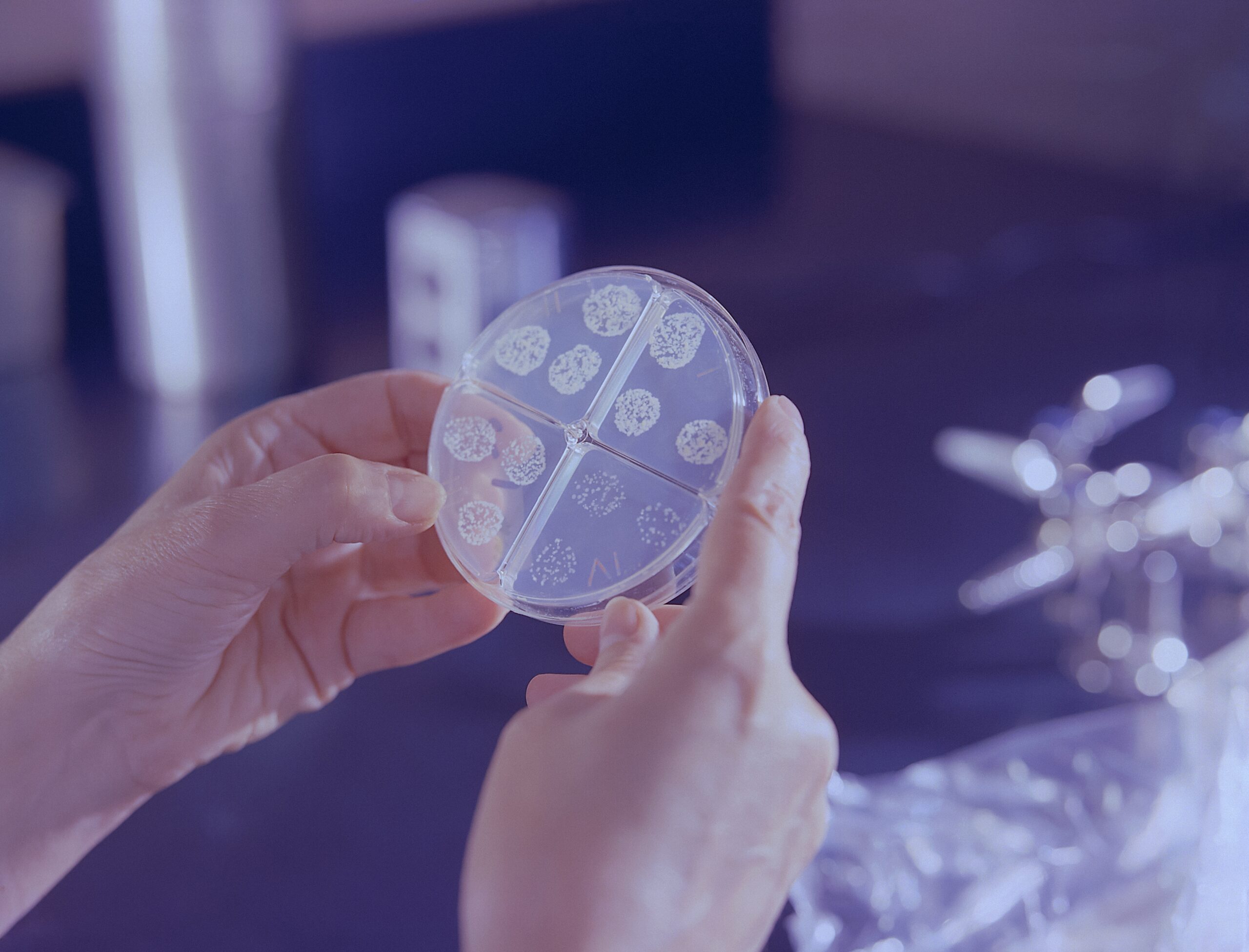 Microbiology
Microbiology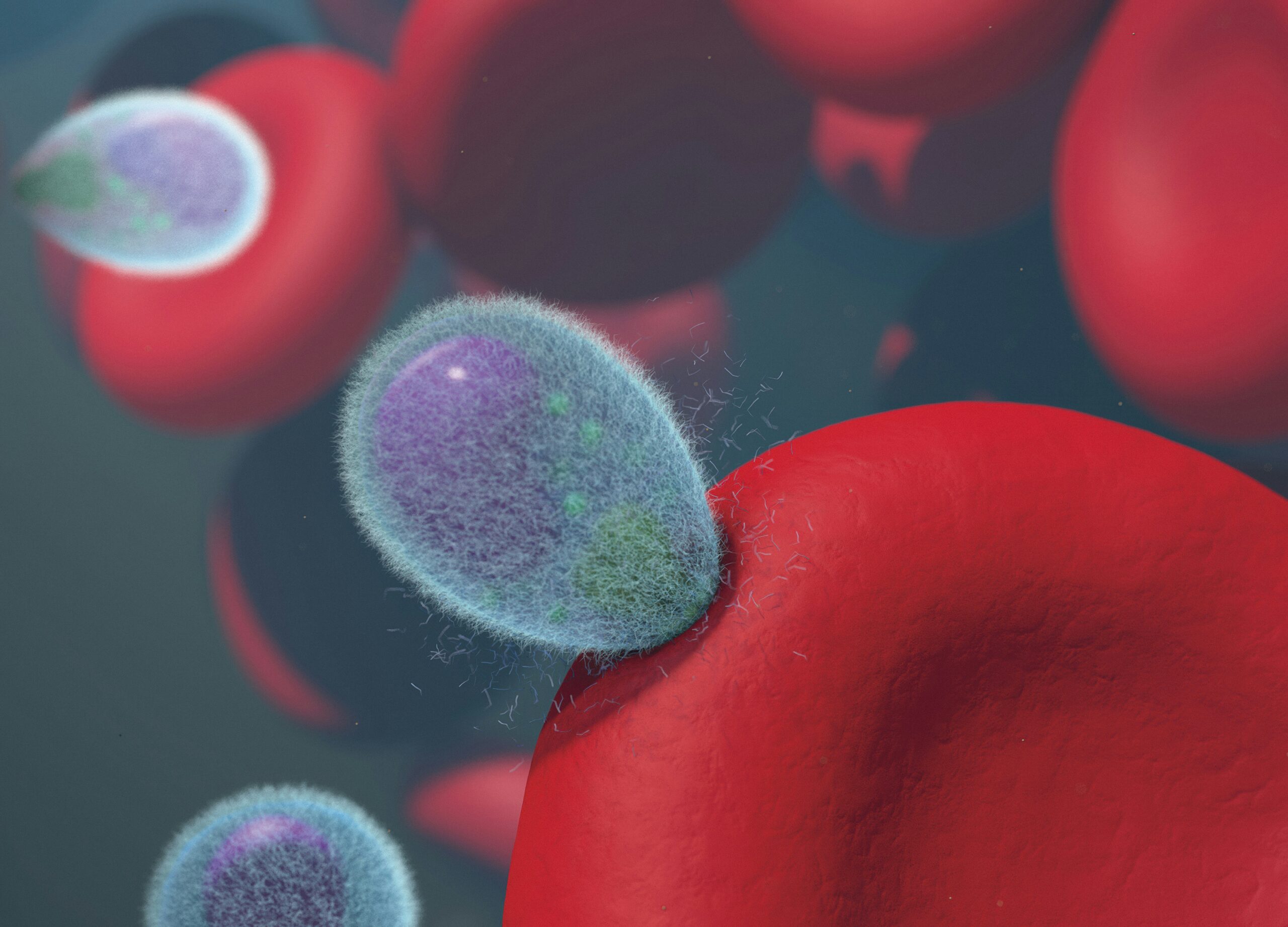 Parasite Infection
Parasite Infection Proteins and Inflammatory Markers
Proteins and Inflammatory Markers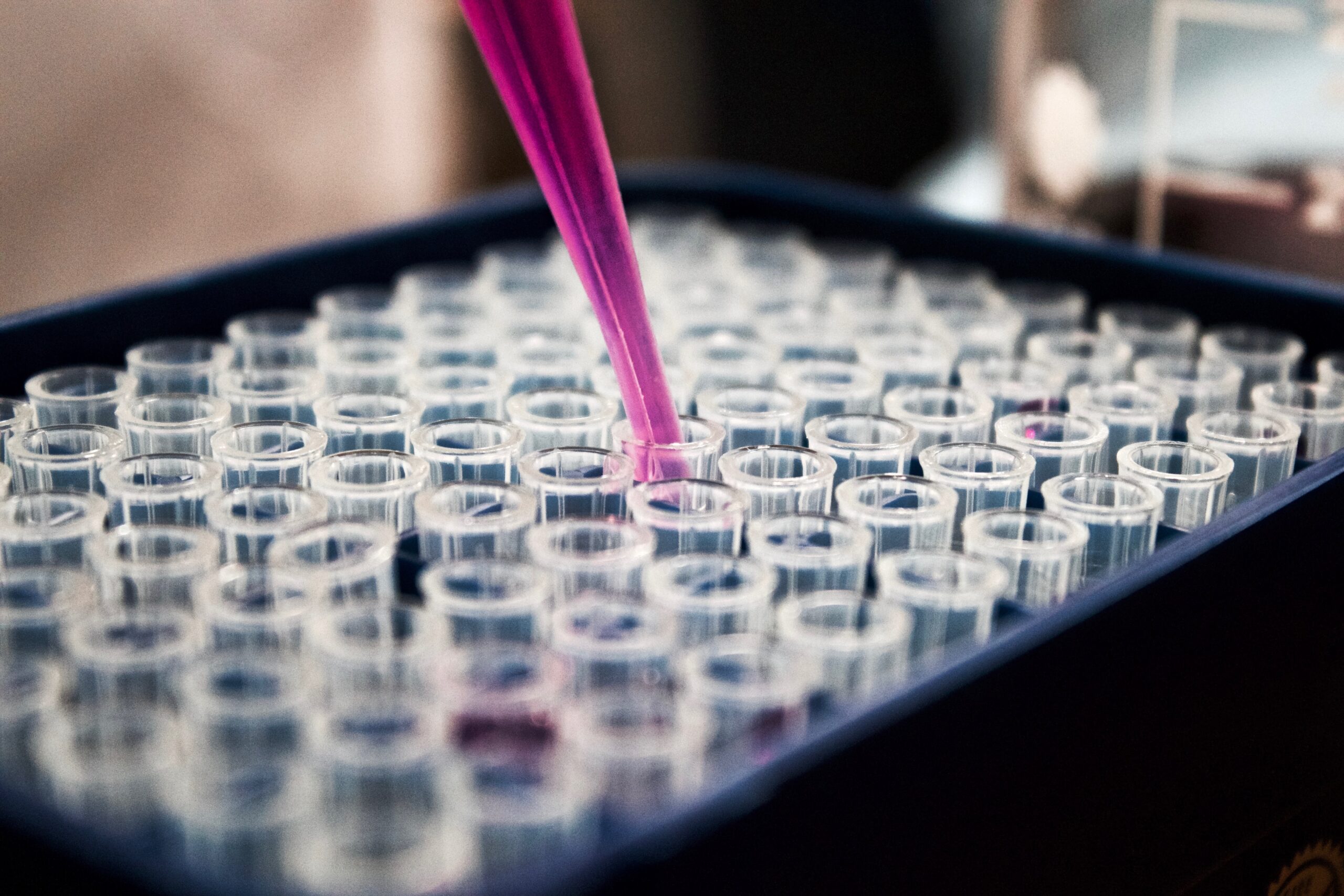 Qualitative Controls
Qualitative Controls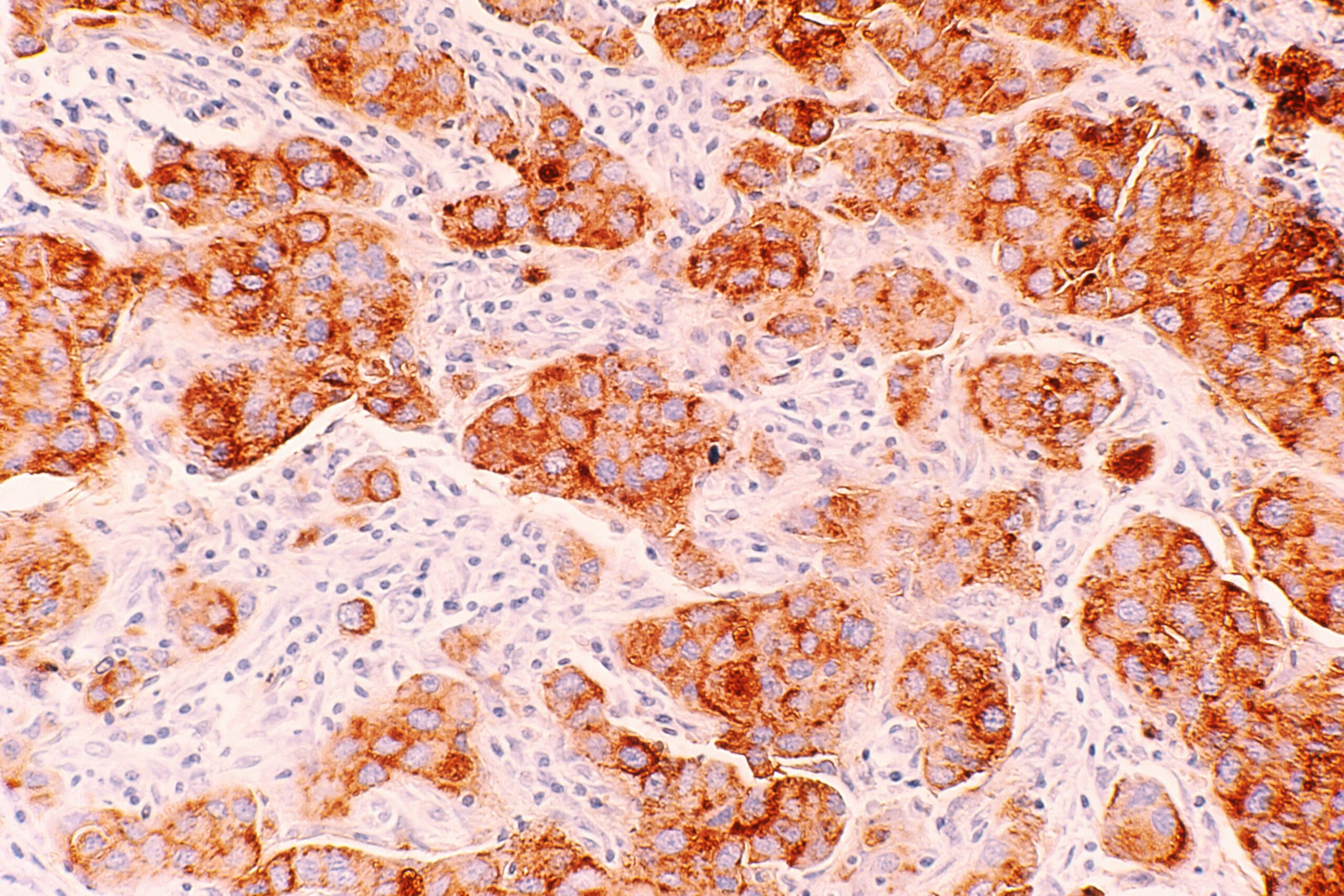 Tumor Marker
Tumor Marker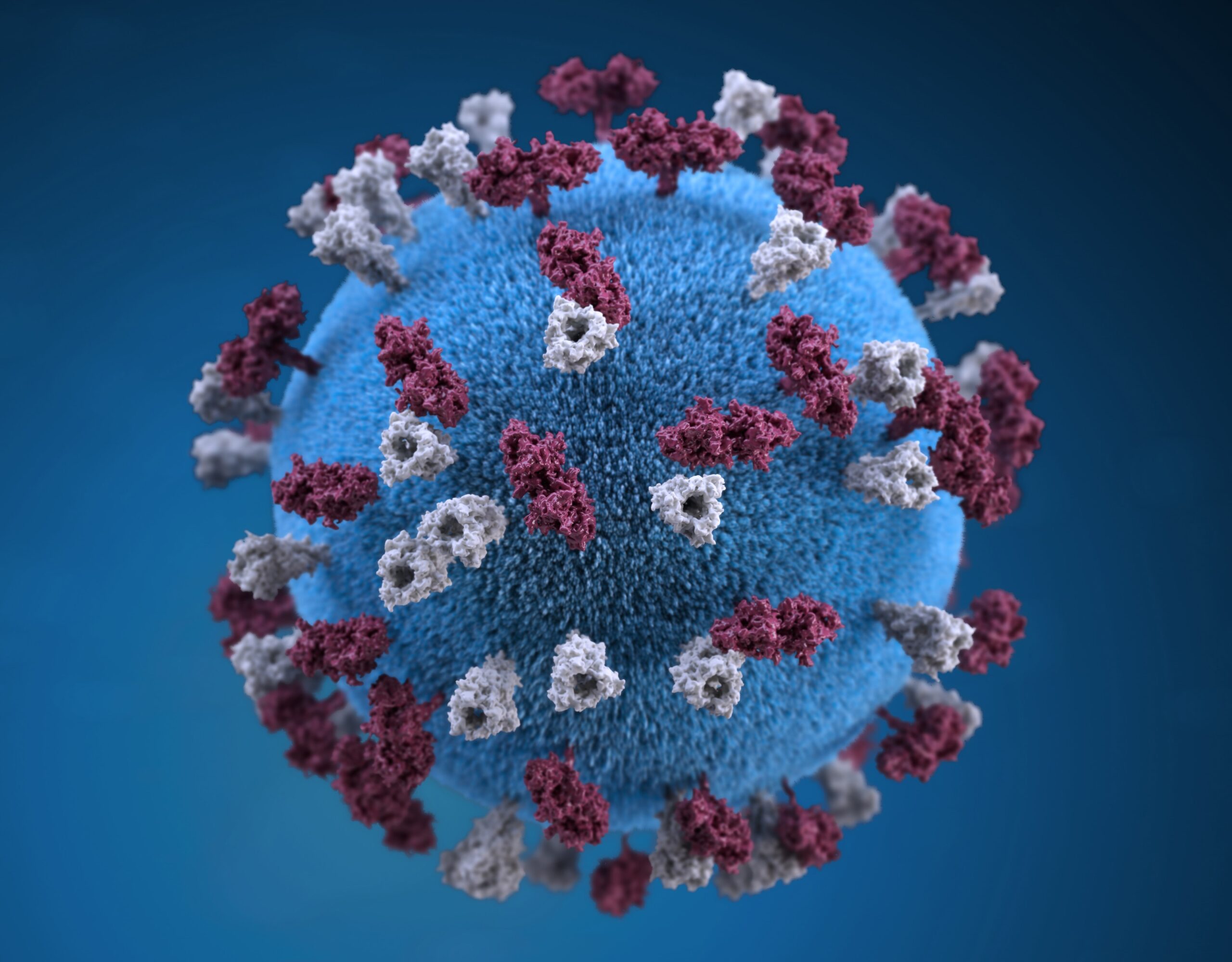 Viruses
Viruses